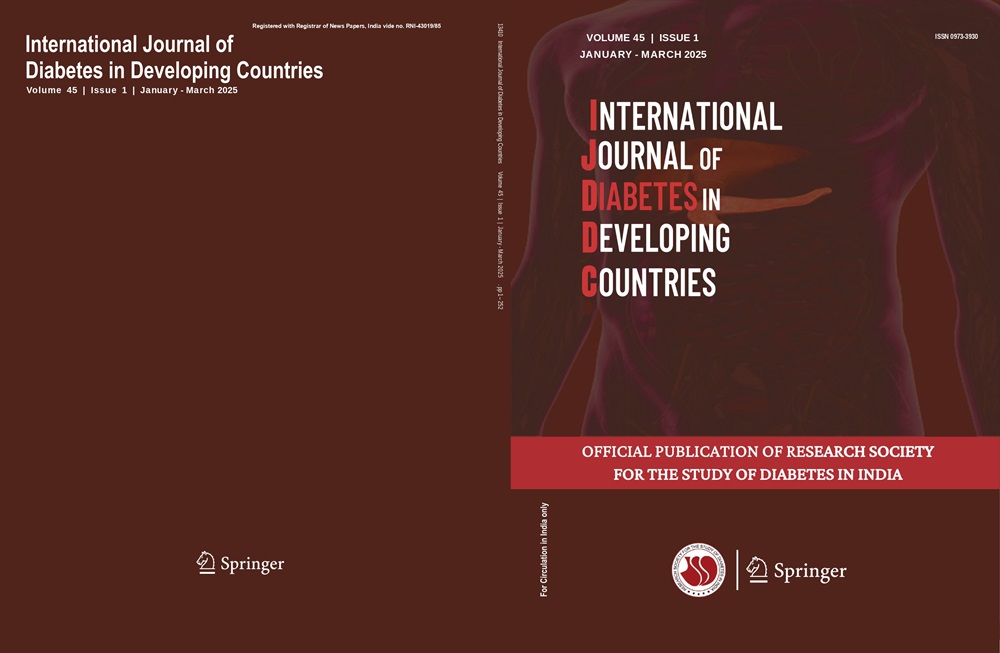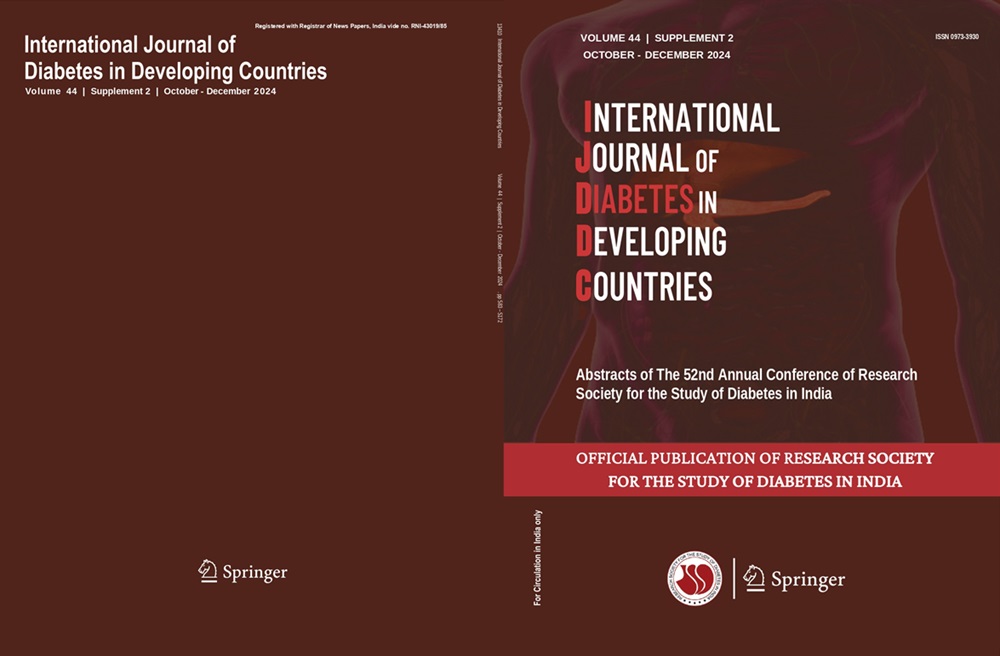Zhihua Hao, Yuliang Zhao, Qiuxiao Zhu, Yanhong Ge, Zibo Liu, Yanxia Chen, Lijing Jiao, Xin Zhao, Xing Wang, Jing Wang, Jing Zhou, Huiyao Hao, Yongmei Hao, Hong Zhou, Mian Wang, Lihui Zhang
Keywords
Type 2 diabetes mellitus • Glycemic control • Glycemic variability • Flash glucose monitoring • Empaglifl ozin • 1 • 5-Anhydroglucitol
Abstract
Objective We aimed to compare glycemic variability (GV) parameters using both a flash glucose monitoring (FGM) system and cardiometabolic risk parameters in hospitalized patients with type 2 diabetes mellitus (T2DM) between cohorts receiving short-term intensive insulin infusion (STII) plus empagliflozin (EMPA) combination therapy vs. STII therapy alone.
Methods In a 2-week, open-label, randomized, parallel-group clinical trial, newly diagnosed patients with T2DM [fasting plasma glucose (FPG) > 11.1 mmol/L or hemoglobin A1c (HbA 1c ) > 9.0%] or patients with poor glycemic control (HbA 1c > 7.0%) on oral antidiabetic drugs (OAD) received either STII+EMPA therapy (n = 30) or STII therapy alone (n = 30). FGM was carried over 14 days, and the data were used to calculate time in range (TIR [3.9–10 mmol/L]) and compare GV parameters. 1,5-Anhydroglucitol (1,5-AG) and cardiometabolic indicators of oxidative stress, inflammation, and vascular endothelial function were also compared.
Results After treatment, the TIR percentage was significantly higher (p < 0.05), and the time below range (TBR; < 3.9 mmol/L) was significantly lower (p < 0.05) in the STII+EMPA group than that in the STII group. The various measured glycemic parameters were significantly lower, and the average daily dose of insulin was also significantly lower in patients with STII+EMPA treatment (all p < 0.05). Plasma 1,5-AG levels were significantly higher (p < 0.05) in the STII+EMPA group than that in the control group.
Conclusions Newly diagnosed patients with T2DM or with poor glycemic control on OAD attained greater benefit and lower GV from STII+EMPA treatment than that for STII treatment alone. The 1,5-AG marker is a good indicator of the effects of short-term glycemic control.




